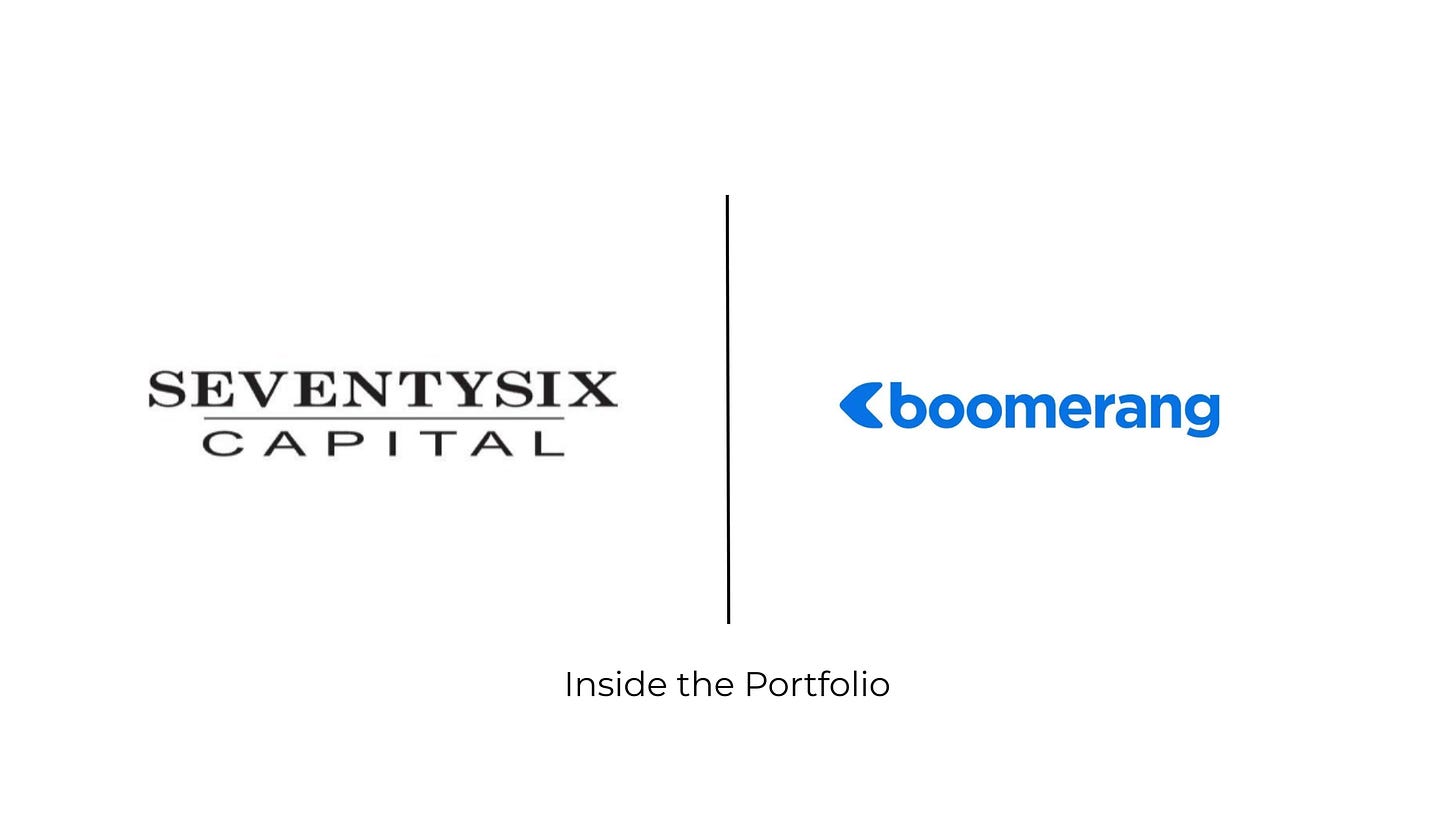How Lost & Found Became a $5B Problem in Sports & Events
Why digitizing the smallest fan touchpoints could define the next decade of sports tech.
You just watched your favorite player hit a game-winner. Moments later in the parking lot, you quickly come back to reality, realizing you left your phone in Section 109. Euphoria quickly turns to panic.
Lost and Found is a $5 Billion + problem in the U.S. alone, with over 400 million items lost annually. This is a massive yet solvable problem.
Traditionally, lost and found is slow, manual, and frustrating, with poor communication and decent recovery rates.
For fans, that’s $250+ gone and an immediate negative association with the venue.
For venues, that’s a missed digital touchpoint—lost loyalty, lost data, and fewer reasons for fans to come back.
All of this poses a question: What if losing an item started a stronger digital relationship with the venue instead of frustration?
That’s what modernizing arenas, airports, and venues are doing across the U.S. Boomerang turns lost & found into a quick, trackable, digital experience that not only boosts fan satisfaction but also helps venues strengthen engagement and build loyalty. Losing an item shouldn’t encourage fans to build resentment towards venues; it should engage fans in new ways to deepen loyalty towards those teams/venues.
Boomerang is a technological facilitator of lost items. Fans submit lost items, venue staff log found items, and Boomerang matches the rest—helping venues return items in a smart, transparent, and user-friendly way.
Even something as mundane as lost & found can become a digital touchpoint for fans.
Boomerang turns a negative moment into a digital engagement point that strengthens fan loyalty.
With investors like Drake and Odell Beckham Jr., Boomerang leverages cultural credibility to expand partnerships with venues like Petco Park (San Diego Padres), Highmark Stadium (Buffalo Bills), and plenty of other stadiums, airports, and casinos.
Athletes and performers have invested in Boomerang to enhance the fan experience, helping venues turn lost items into opportunities to reengage attendees.
It also shines light on the larger shift across the fan experience at venues. Fans are quickly redefining their digital and physical convergence expectations across all physical aspects of venues. Boomerang’s approach parallels other digital-physical convergence leaders like ZATAP, which adds digital layers to merch.
The digital experience as a fan from home continues to evolve and push new standards for fans. In-venue experiences will be defined over the next generation by the early adopters, improving the frustrating experiences of fans. Boomerang’s model is proof that even unglamorous processes can be turned into digital engagement tools.
The frustrations around venues will continue to be redefined over the next decade, shifting from a pain point to a loyalty-building opportunity. Fans will come to expect every interaction to be seamless, digital, and stress-free. Boomerang isn’t just solving a $5B problem—it’s showing how the smallest touchpoints can define the fan experience in the era of digital-physical convergence.


